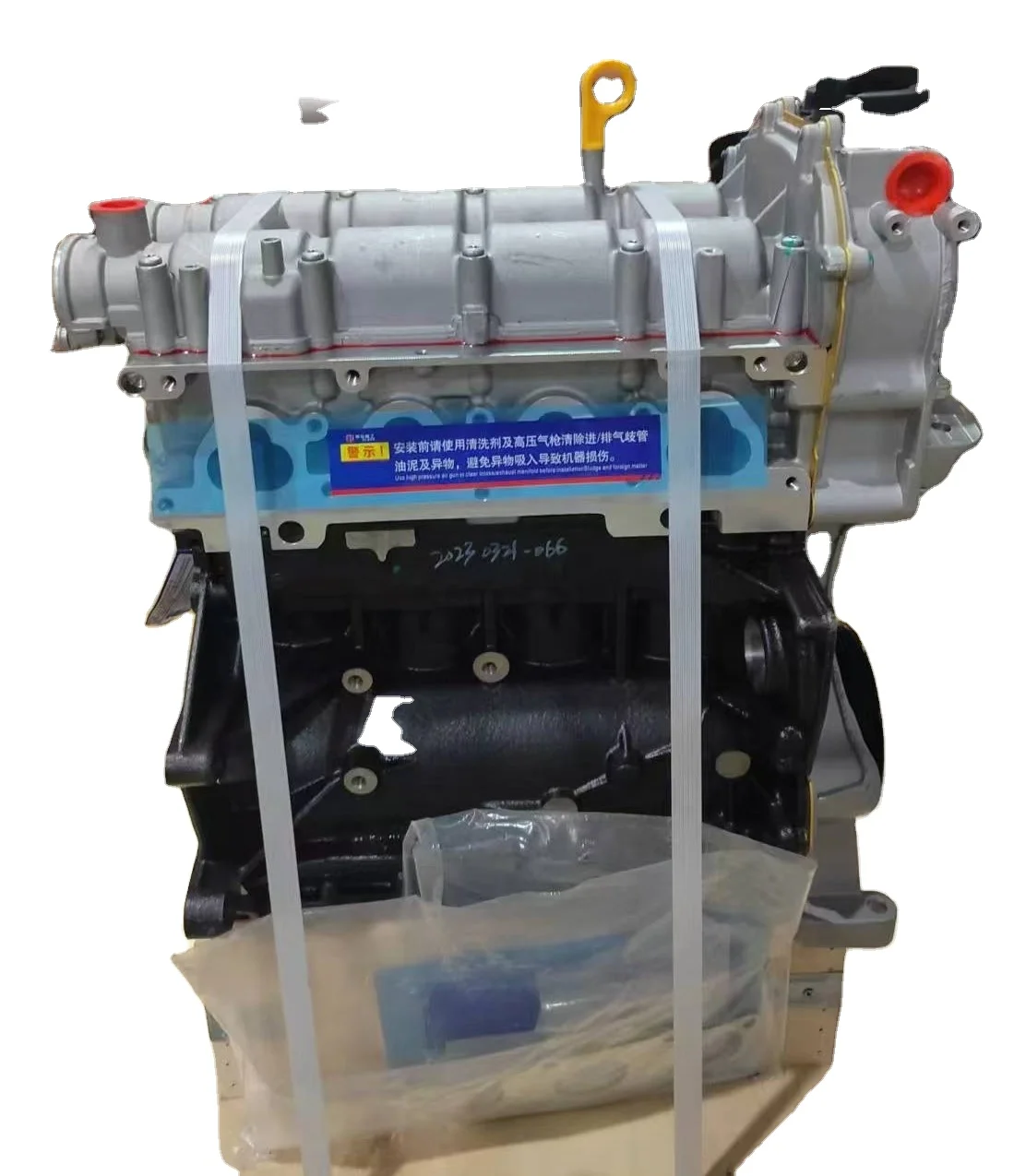Just How a Clp Engine Can Boost Efficiency in Various Industries
The introduction of CLP engines notes a substantial shift in functional efficiency throughout different industries, driven by their capability to enhance gas consumption and reduce downtime. Industries such as production and logistics stand to gain substantially from their durable design and regular power result, which promise to simplify operations and improve productivity. As organizations significantly prioritize sustainability alongside effectiveness, the role of CLP engines ends up being a lot more critical. What remains to be seen is how these improvements will form the future landscape of commercial procedures and their effect on more comprehensive economic patterns (clp engine).
Overview of CLP Engines
CLP engines, or Continual Fluid Propellant engines, represent a substantial innovation in propulsion technology, specifically for space applications. These engines use a continual feed system that permits for the continual expulsion of propellant, leading to boosted efficiency and efficiency contrasted to typical solid or hybrid propulsion systems. By preserving a constant flow of fluid propellant, CLP engines can attain a lot more specific drive control, which is essential for maneuvering spacecraft in numerous goal situations.
The style of CLP engines incorporates sophisticated products and innovative fuel administration systems. clp engine. This results in minimized weight and increased dependability, important variables for long-duration area objectives. In addition, the constant operation minimizes the danger of combustion instability, an usual challenge in conventional rocket engines.

Benefits in Manufacturing
The manufacturing of Constant Fluid Propellant (CLP) engines presents several noteworthy benefits that boost both performance and cost-effectiveness. One of the key benefits is the structured production procedure, which lowers the complexity related to typical propulsion systems. By utilizing liquid propellant, producers can achieve higher precision in engine performance, causing enhanced energy output and decreased waste.
In addition, CLP engines promote a higher level of modularity, enabling easier integration into different manufacturing lines. This adaptability can substantially decrease preparations and boost overall functional flexibility. Making use of CLP technology likewise often tends to minimize the need for considerable upkeep as a result of less relocating parts, which equates right into minimized downtime and operational prices.

Applications in Logistics
Leveraging Continual Liquid Propellant (CLP) engines in logistics offers significant advantages in functional efficiency and reliability. These engines supply a durable service for numerous transportation needs, allowing the smooth motion of goods across substantial ranges. The inherent style of CLP engines enables for consistent power outcome, which translates into smoother and a lot more predictable transportation routines.
One of the key applications of CLP engines in logistics is in sturdy products transportation, where they can drive both ground and aerial vehicles. Their capacity to maintain high efficiency under differing tons conditions makes sure that delivery timelines are met, thereby improving important link client complete satisfaction. In addition, CLP engines can be incorporated into automated logistics systems, facilitating real-time tracking and maximizing path preparation.
Moreover, the sturdiness of CLP engines reduces maintenance downtime, permitting logistics firms to maximize their operational capacities. This is particularly useful in warehousing operations, where performance in taking care of and transporting items is crucial. As logistics remains to progress, the assimilation of CLP engines represents a forward-thinking technique that not only boosts performance but also supports the industry's growing demands for reliability and speed.
Influence On Energy Effectiveness
How do Continuous Liquid Propellant (CLP) engines boost power effectiveness in transportation? CLP engines utilize a regular flow of liquid fuel, maximizing burning processes and maintaining a steady thrust result. This style reduces energy losses linked with standard combustion engines, where fuel delivery can differ and cause ineffectiveness.
The continual operation of CLP engines permits for a more reliable thermal cycle, leading to greater particular impulse compared to conventional engines. clp engine. This equates to decreased fuel usage for the same amount of work done, dramatically reducing operational prices throughout numerous transport markets, consisting of aviation and maritime sectors
Furthermore, the capacity of CLP engines to keep optimum efficiency under differing load conditions minimizes the demand for constant velocity and deceleration, better improving gas efficiency. Enhanced energy effectiveness not just adds to set you back financial savings yet likewise brings about decrease greenhouse gas exhausts, aligning with global sustainability goals.
Future Trends and Innovations
Emerging improvements in Continuous Liquid Propellant (CLP) engine modern technology assurance to change the landscape of transportation performance and sustainability. As sectors pivot toward greener alternatives, CLP engines stand at the leading edge, incorporating cutting-edge materials and style methods that improve efficiency while lessening ecological effect.
Among the most appealing patterns is the fostering of hybrid systems that incorporate CLP engines with renewable energy sources. reference This synergy can optimize fuel consumption and decrease emissions, lining up with global sustainability objectives. Additionally, developments in computational liquid characteristics (CFD) are helping with the design of more aerodynamically effective engines, leading to minimized drag and enhanced fuel performance.
Moreover, the development of wise monitoring systems is set to improve functional effectiveness. These systems leverage data analytics and IoT innovation to enhance engine efficiency in real-time, making certain that the engines operate within their most efficient specifications.
As study continues to discover alternative propellant solutions-- such as biofuels and synthetic gas-- the future of CLP engines looks encouraging. By taking advantage of these technologies, sectors can not only boost their efficiency however additionally contribute significantly to a cleaner, much more sustainable future in transport.
Final Thought
In conclusion, CLP engines represent a significant improvement in performance across several sectors. Their capacity to enhance gas usage and reduce operational expenses, integrated with a constant feed system, improves power outcome and operational reliability. The combination of advanced products and less relocating components lessens upkeep needs, while positioning with sustainability objectives settings CLP engines as a critical technology for the future. Continued development in this field promises further improvements in performance and ecological performance.